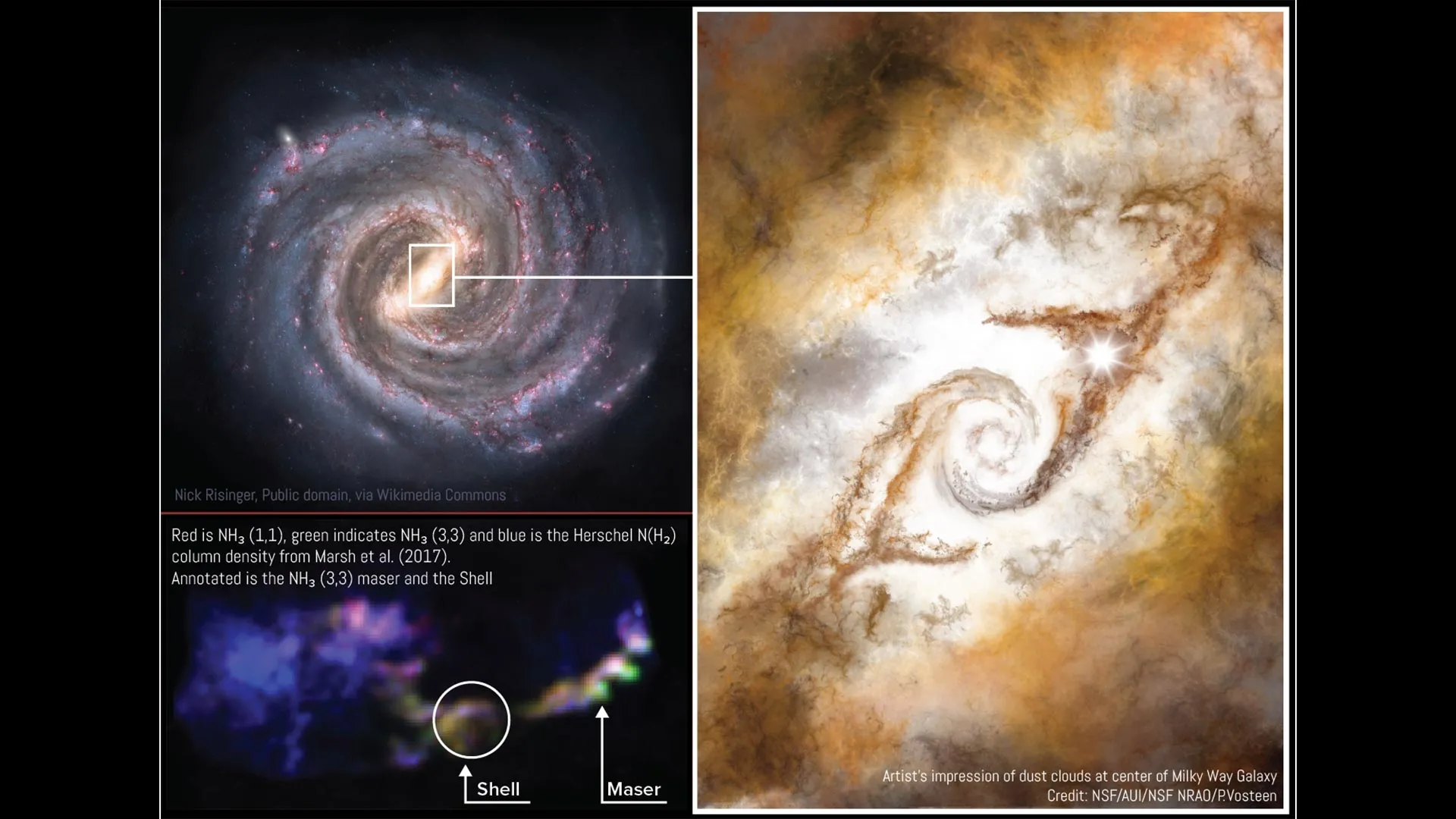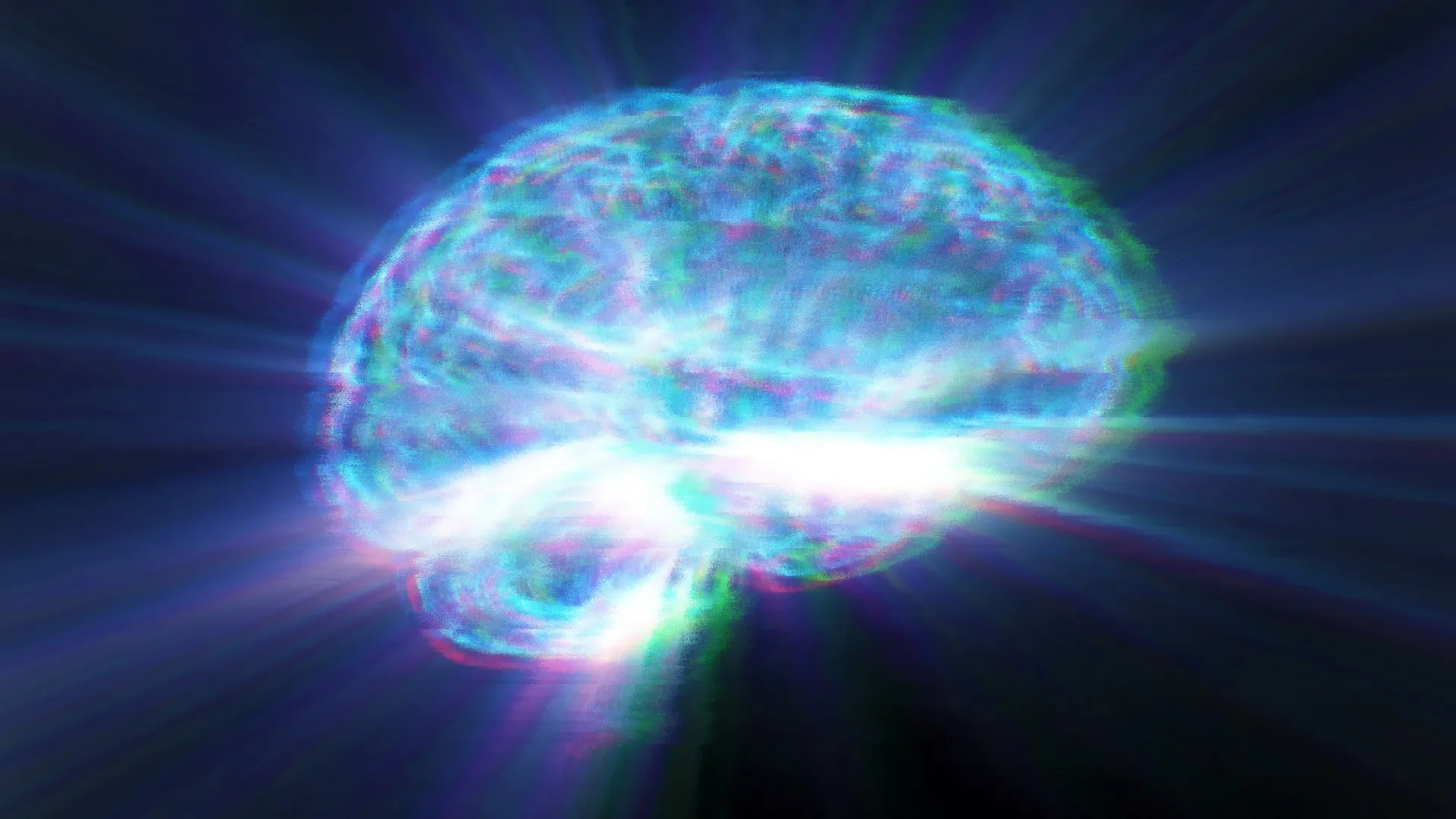Now Reading: Enormous Molecular Cloud Discovered in Our Galaxy-A Surprising Find
-
01
Enormous Molecular Cloud Discovered in Our Galaxy-A Surprising Find
Enormous Molecular Cloud Discovered in Our Galaxy-A Surprising Find

Quick Summary
- Discovery: A Giant Molecular Cloud (GMC), nicknamed the Midpoint cloud, has been discovered in the Milky way’s dust lanes using the NSF Green Bank Telescope.
- Location and Size: The cloud is about 60 parsecs (200 light years) long, located in a region transitioning material from the galaxy’s disk to its center.
- Key Findings:
– New Maser: Identification of a maser associated with ammonia gas, signaling potential star formation activity.
– Star Formation Sites: Compact clumps of gas and dust within the cloud may host future stars. One clump,dubbed Knot E,might be a frEGG-a dense globule being eroded by nearby stellar radiation.- Stellar Feedback Evidence: Discovery of a shell-like structure possibly created by dying stars releasing energy into their surroundings.
– Turbulent Gas Dynamics: High turbulence observed, akin to regions near the galactic core; influenced by either material inflows or collisions between molecular clouds.
- Astronomers suggest this region offers insights into conditions enabling star formation under extreme galactic environments.
Indian Opinion Analysis
The discovery of the Midpoint cloud adds significant depth to our understanding of how galaxies evolve and form stars under extreme conditions. For India’s scientific community aspiring toward high-impact research in astrophysics and space exploration, this presents an possibility for collaboration in studying such phenomena. India’s ongoing advancements in observation technologies – such as contributions from institutions like ISRO – could integrate with global efforts to unlock mysteries surrounding galactic structures.
Additionally, insights into turbulent gas dynamics and compact star-forming regions might aid theoretical models spearheaded by Indian researchers at premier institutes like Raman Research Institute or TIFR. Observing key findings like “masers” or “frEGGs” also deepens interdisciplinary relevance across physics fields critical for next-gen space missions planned jointly with global partners.
Such discoveries highlight humanity’s collective pursuit of knowledge on cosmic evolution – underscoring possibilities for India to continue building foundational expertise while exploring new paths for universal cooperation.


























